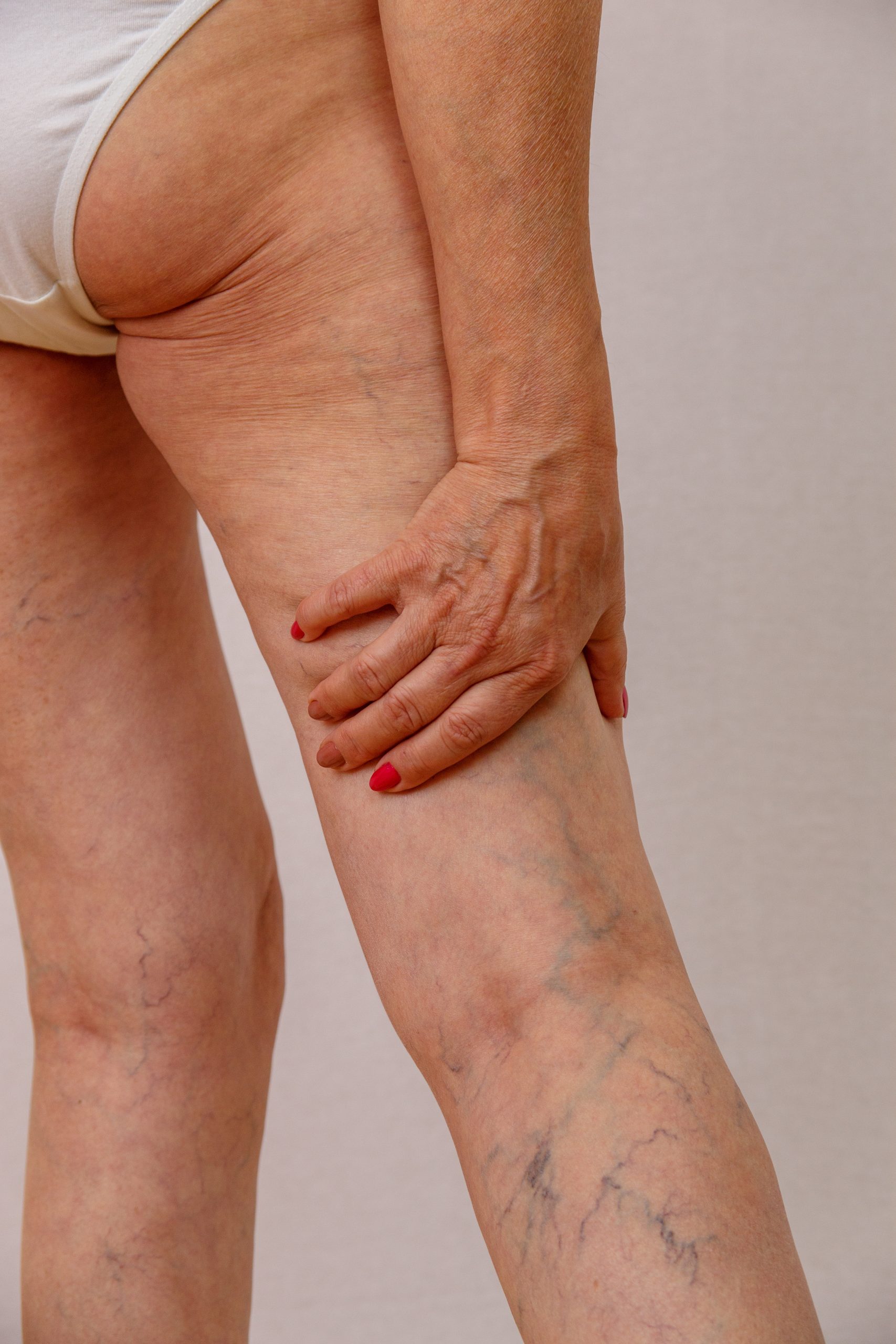Varithena, RFA, and sclerotherapy are three popular vein treatment procedures used to address various venous conditions. Each of these procedures offers distinct benefits and is employed based on the patient’s specific needs and the severity of the condition. In this article, we will explore these three vein treatment options in detail.
Varithena, also known as polidocanol injectable foam, is a minimally invasive treatment for varicose veins and chronic venous insufficiency (CVI). It involves injecting a foam solution directly into the affected veins, which causes them to collapse and seal shut. Varithena works by damaging the vein walls and initiating a natural healing response, leading to the reabsorption of the treated veins. This procedure is performed under ultrasound guidance to ensure accuracy and safety.
Varithena offers several advantages. It is a relatively painless procedure that does not require anesthesia, and patients can typically resume their normal activities shortly after treatment. It is effective in treating large, tortuous veins that may be difficult to address with other methods. Varithena also has a low risk of complications compared to surgical procedures.
Radiofrequency Ablation, or RFA, is a minimally invasive technique used to treat varicose veins caused by venous reflux. Venous reflux occurs when the valves in the veins fail, leading to blood pooling and vein enlargement. During RFA, a thin catheter is inserted into the affected vein under local anesthesia. The catheter delivers radiofrequency energy to the vein wall, heating it and causing it to contract and close off. The treated vein is then naturally absorbed by the body over time
RFA offers several benefits. It is an outpatient procedure that can be performed in a doctor’s office or a specialized vein clinic. It provides excellent results with a high success rate and minimal scarring. RFA is a relatively quick procedure, usually lasting less than an hour, and patients can usually return to their regular activities shortly after treatment.
Sclerotherapy is a widely used and versatile treatment for varicose and spider veins. It involves injecting a solution, called a sclerosant, directly into the affected veins, causing them to shrink and fade away. Sclerotherapy can be performed using a liquid or foam sclerosant, depending on the size and location of the veins being treated.
Sclerotherapy is a well-established procedure that has been used for many years. It is typically performed in an outpatient setting and does not require anesthesia. The procedure itself is relatively quick, and multiple veins can be treated in a single session. Sclerotherapy is highly effective for small to medium-sized varicose and spider veins. It may require multiple treatment sessions to achieve optimal results.
Varithena, RFA, and sclerotherapy are three effective vein treatment procedures used to address various venous conditions. Varithena is particularly useful for large, tortuous veins, while RFA is effective for varicose veins caused by venous reflux. Sclerotherapy is a versatile option for small to medium-sized varicose and spider veins. Each procedure has its unique benefits, and the choice of treatment depends on the specific needs of the patient and the severity of the condition. It is essential to consult with a qualified healthcare professional to determine the most suitable treatment option for individual cases.




